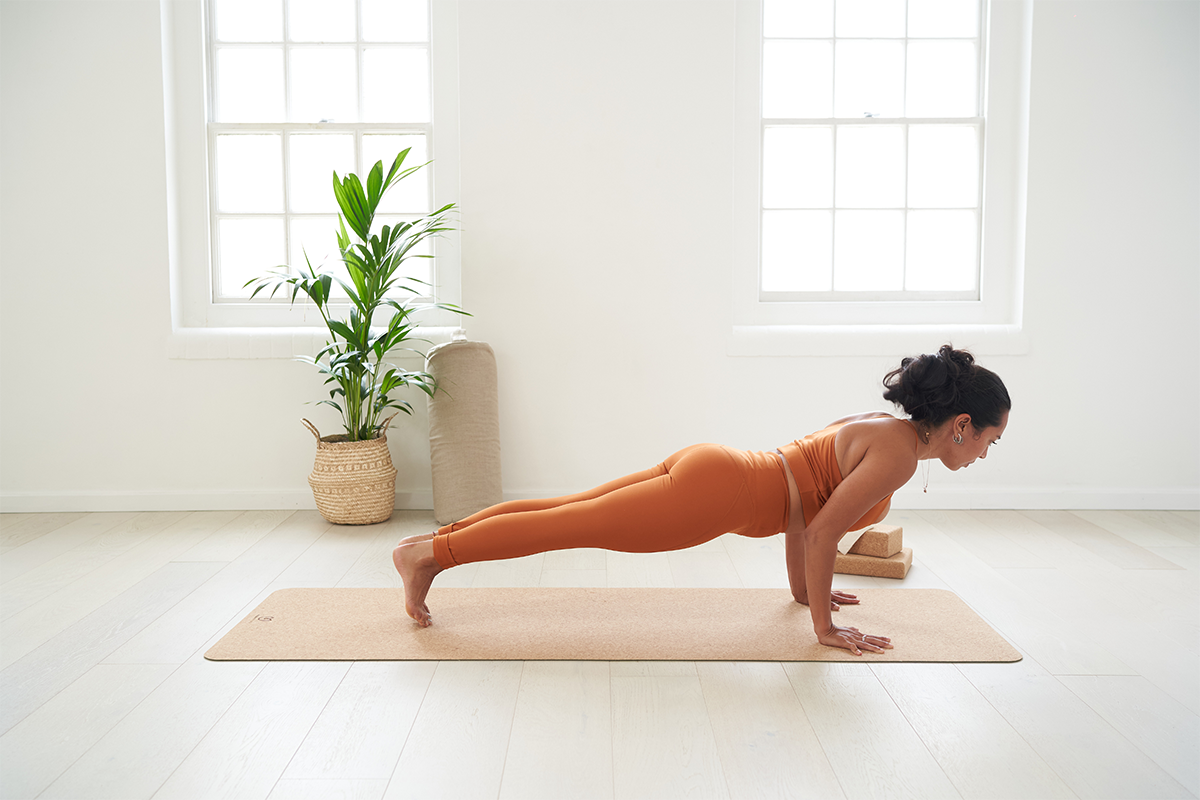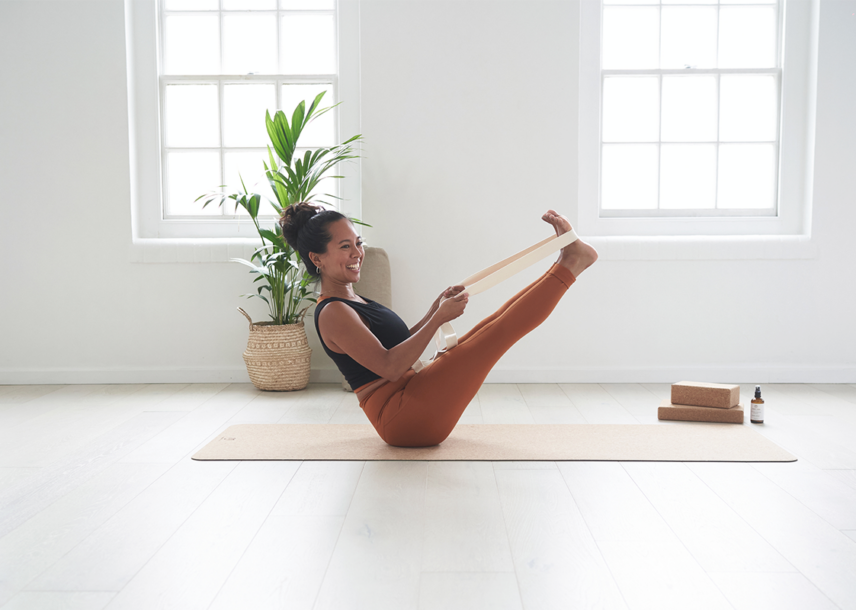Whether you’re new to yoga or a seasoned and certified teacher, yoga poses can teach you a lot about your practice and yourself. When practicing challenging yoga postures, Navasana (or ‘boat pose’, with Nava meaning ‘boat’ and asana referring to ‘posture’) is a great asana to help strengthen your core and hip flexors. The difference between practicing Navasana and other ‘core’ exercises like crunches however, is that this ancient asana also aids in stabilising the lower back, boosts digestive fire, and builds both inner and outer strength. BKS Iyengar makes a point of how effective the two variations of this posture can be for helping maintain back strength in the infamous text Light On Yoga; “As long as [the back] is strong and needs no support, one feels young though advanced in age. The two asanas bring life and vigour to the back and enable us to grow old gracefully and comfortably”.
Beyond strengthening the physical body however, there’s a deeper benefit to practicing postures like Navasana, which relates more to our subtle energy. If you’re familiar with the chakras, you’ll know that the abdomen houses the Manipura Chakra, represented by the fire element, and linked to willpower, confidence, and inner strength. Navasana connects strongly to the abdomen, and asks not just that we muster physical effort, but that we awaken our inner strength and fire too. When we practice Navasana, a wandering mind makes for a wobbly boat, which means we’re encouraged to draw attention inward to the core of our very being, building inner resilience and stoking the fire. If you feel you’re lacking a certain ‘fiery’ essence right now, or you want to explore ways of strengthening your Manipura Chakra, try working towards – or even advancing! – your boat pose.
Building up to Boat Pose
Navasana can be a challenging posture for all of us, but especially for those who are new to practicing yoga, aren’t familiar with core work, or have given birth within the last couple of years. Thankfully, there are plenty of options on your journey towards this posture!
Start by developing a regular practice of sun salutations, which includes the plank posture, and transitions that naturally build core strength. Another effective way to build core strength is to use a blanket – but perhaps not in the way you’ve used blankets before! Fold the blanket into a square on the ground, then position yourself in a plank position with your feet on the blanket. Keeping your hands firmly grounded, use the blanket to slide your feet up until you reach a downward facing dog position, then slowly slide back to plank. A few rounds of this and your lower core will be fired up! You can also use a yoga belt to assist you in moving towards the full posture, by holding the two ends of the belt, and looping the middle around your feet. Get a feel for the shape of the asana by using the belt until you’re ready to move on.

Featuring our sustainable yoga props and yoga wear from Girlfriend Collective.
How to practice Navasana
To move into the posture, sit on the ground, with your knees bent and feet on the floor. Hold on to the back of your thighs and squeeze your knees together. At this point, start to engage Mula Bandha or the ‘root lock’ by lifting the pelvic floor, thus engaging deeper into the core. Draw your shoulders back and lift your chest high, maintaining a lengthened spine. As you exhale, lift your feet from the ground so your shins are parallel to the ceiling. If you’re feeling strong, stretch your arms out in front of you. Want to fire things up? Straighten your legs and lift your arms alongside your ears, which resembles the traditional asana Paripurna Navasana (‘full boat pose’ – depicting a boat with oars) in yogic texts such as Light on Yoga.
Navasana modifications
To take things down a notch, try a supported variation of Navasana, which is great for days when your core is already feeling worked, or when you want to take a more gentle approach to your practice. Use a bolster or yoga chair to support your feet, so you can focus more intently on your breathing instead. There are also days when keeping your knees bent and your toes lightly touching the floor may feel best for you, so remember to listen to your body and honour your needs.
Extra challenge
Fuel the fire even more by adding the pranayama practice Kappalabhati to the posture, which targets the navel centre, boosting the digestive fire and building heat in the body. To practice strengthening your core engagement, try squeezing a yoga block between your knees. Finally, play with the fun variation of ‘rocking the boat’, by maintaining the strong shape of Navasana whilst literally rocking back and forth. By doing this, you’ll be engaging the deeper core muscles that help keep us stable whilst moving in life off the mat too.


